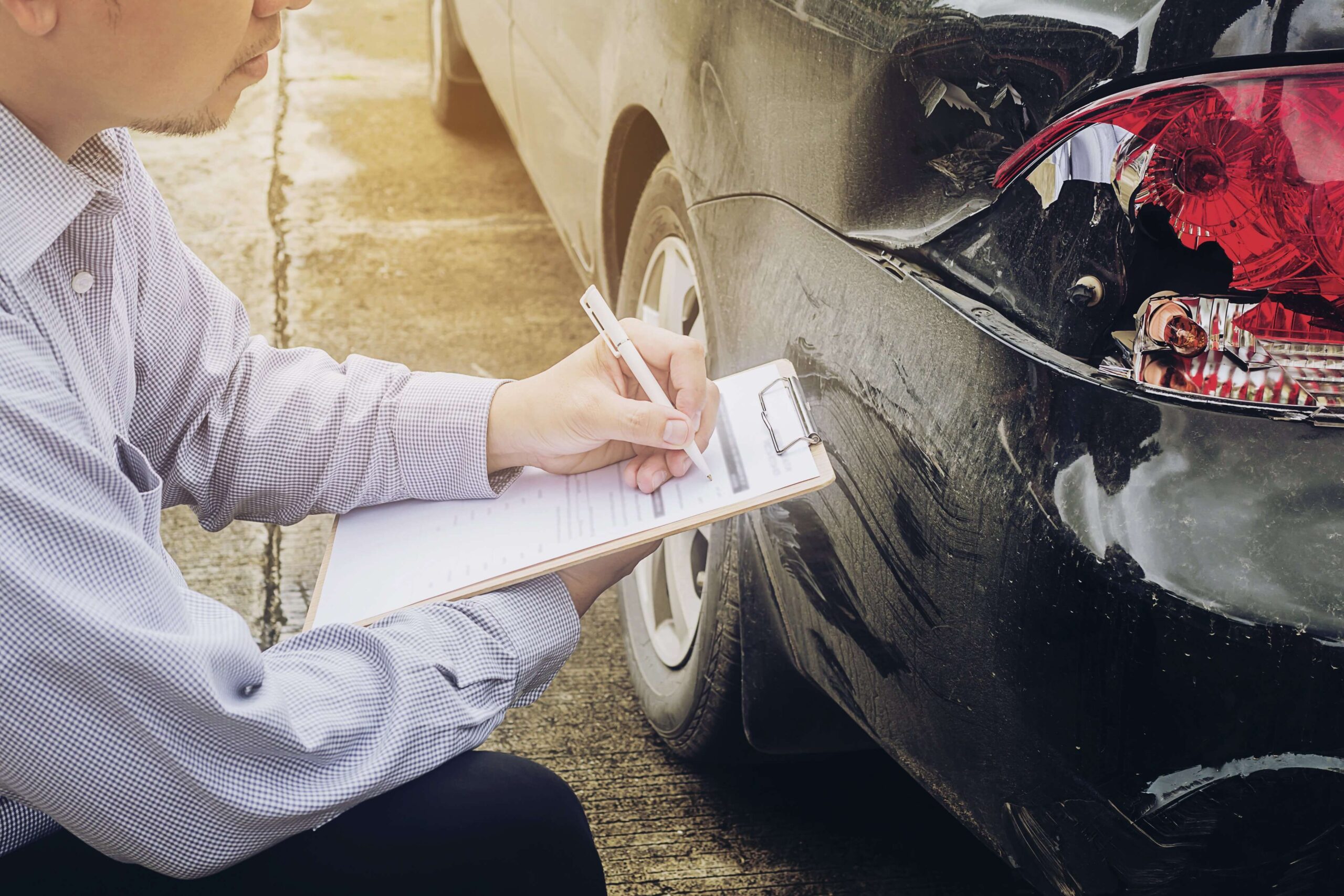When considering the purchase of a car, one of the most eminent factors affecting your choice could be the insurance rates to be paid. While most of the purchasing public could concern itself with just the price of the car, an equally crucial aspect would be how the insurance premiums differ due to the car age. Be it a brand-new car or a used car the difference in Car insurance premiums could greatly influence your decision.
This interim guide will highlight the main factors affecting the insurance of the new versus used cars while also stating everything you should know before making a purchase.
When one goes out shopping for car insurance, one major factor to consider would be if the car being insured is new or used. Car insurance costs can differ widely depending on the vehicle’s age and value. In this article, we will go into detail about the five major cost discrepancies concerning new and used car insurance, thus allowing you to mold your opinions along these basic differences and ultimately choose the coverage that fits your needs the most best, all while trying to find the best available prices. Awareness of these discrepancies could make you a big winner in terms of premiums.
New vs. Used Car Insurance: What’s the Cost Difference ?
1.How does the age of a car affect insurance?
Car age plays a huge part in determining the amount you pay for insurance. Here are the reasons:
New Cars:
- Higher Repair Cost: New cars come with the latest features. That means higher repair costs if need be. Replacing parts can be expensive too and insurance companies factor these possible costs into your premium.
- Higher Parts and Labor Cost: Since newer cars are specialized and less widely available, the parts for and repairs of new cars cost more.
- Comprehensive and Collision Coverage: New cars usually come with comprehensive and collision coverage, which is more expensive than just having liability coverage. These cover damages to your car in the event of accidents or damage caused by means other than collision, such as theft or vandalism.
Used Cars:
- Lesser Repair Cost: Used cars generally cost less for repairs as those parts are often cheaper, and your vehicle may no longer be under warranty.
- Lesser Value: As the car depreciates, its value decreases, meaning that the eventual insurance payout in the case of total loss will comparatively be lower than that of a new car.
- Basic Coverage Options: If your used car is older and less valuable, you might be able to skip comprehensive or collision coverage. This means that your premium might be lower because you only need liability coverage.
2.What Other Factors Make a Difference in Insurance Premiums?
The rule of thumb is new cars attract higher insurance premiums when compared to used cars, but the differences go beyond age. Several other factors also affect the price difference:
Factors Increasing Premiums For New Cars:
- Higher Replacement Value: New cars are worth more. Therefore, their replacement costs after accidents are higher, thus contributing higher premiums for insurance.
- Newer Safety Features: Most newer vehicles come equipped with advanced safety technology, such as lane-keeping assistance or adaptive cruise control. While the insurance company may offer discounts for these features, new cars still often carry a higher overall cost for insurance.
- Loan or Lease Coverage: If the buyer is obtaining financing or leasing financing for a new car, the lender or leasing company may require full coverage–comprehensive and collision. This would raise the premium.
Factors Lowering Premiums For Used Cars:
- Lower Value: Since used cars are usually of lower market value, they do not cost as much to repair or replace, hence lower premiums.
- Optional Coverage: For older vehicles, many drivers opt to lower or even cancel collision or comprehensive coverage. This lowers your premium considerably since all you would be required to carry is liability insurance, which is generally cheaper.
- Fewer Features: In general, while used cars may not possess latest safety features, they also do not pose an added risk of costly repairs that accompany new technologies. Hence, insurance companies may reduce premiums for the vehicles without those expensive new technologies.
3.What is the Average Cost of Insurance for New vs. Used Cars?
On an average, the cost of insuring new cars is about 20-30% higher than that of used cars. The difference, however, varies according to several determinants:
- Car Model and Make: Some new or used cars are just more expensive to insure, based on performance, safety ratings, and repair costs. Luxury cars, sports cars, and high-performance vehicles tend to have higher insurance premiums.
- Driver’s Age and Driving History: Generally speaking, younger or less experienced drivers face higher premiums-whatever the car is new or used. Conversely, experienced drivers without violations will see lower premiums, regardless of the age of the car.
- Location: Insurance rates can also vary by location, as factors like local crime, traffic, and weather conditions weigh in regarding the possibility of an accident or theft.
4.Other Considerations When Choosing Between the Pros and Cons Of Purchasing An Old Or New Car :
When weighing the insurance costs, some things to still consider are outlined below when determining whether to go for a new or used car:
- Depreciation: New cars suffer a faster depreciation than used cars. A new car may lose 20-30% of its value within the first year, while purchase used cars have already experienced a lot of depreciation.
- Warranty Coverage: New cars usually come with warranties that protect against repair costs for some time, lowering your out-of-pocket expenses for repairs. Unless the used car is certified pre-owned (CPO), it may not come with warranty coverage, meaning that you’re on the hook for repairs.
- Fuel Efficiency and Technology: Newer cars provide enhanced fuel efficiency and technology that may factor in long-term savings for you.
5.How To Save On Car Insurance Premiums :
Here are hacks to reduce car insurance premiums regardless of whether new or used are under consideration:
- Shop Around: Quotes from different insurance companies should be collected so as to caress the better deal.
- Insurance Coverage Requirements: If you are buying an older vehicle, you might be able to exclude comprehensive or collision coverage and in so doing reduce premiums.
- Utilize Discounts: Most insurance companies offer discounts for a plethora of things such as, bundling home and auto insurance, maintaining a clean driving record, or installing anti-theft devices in your vehicle.
- Raise Your Deductible: A higher deductible equals lower premiums; just make sure you can pay the deductible if you do end up filing a claim.
Conclusion: Smart Shopping-in terms of new cars or old
Considering the impact each option will have on the cost of insurance is a critical budgeting decision point when it comes to selecting a vehicle-whether new or used. New cars often require surprisingly high insurance premiums but include advanced features and warranties that often make the cost worth it. On the other hand, used cars score lower on insurance and depreciate not as fast, which a lot of buyers perceive as more economical.
With this in mind, one may now conclude that the decision relies mostly on the type of budget set aside, driving habits, and even the goals of the person’s future. Whichever way one chooses, always evaluate your insurance needs and shop for an adequate policy that will produce the best value.



